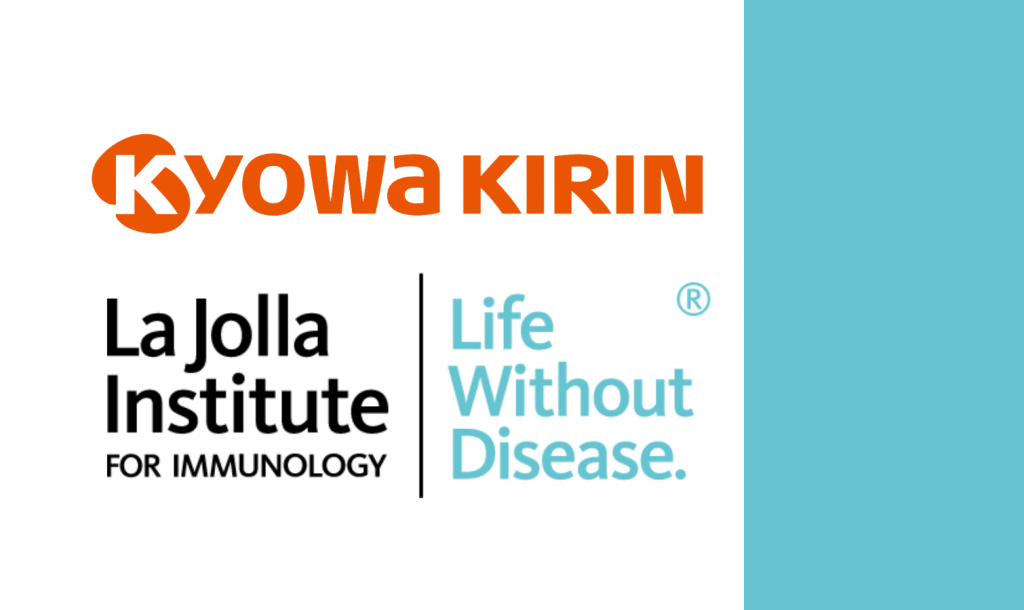LA JOLLA, CA—An inflammatory molecule called LIGHT, appears to be the cause of life-threatening airway damage in patients with severe asthma. According to the new research from scientists at La Jolla Institute for Immunology (LJI), therapeutics to stop LIGHT (which is related to tumor necrosis factor) could reverse airway and lung damage in patients—and potentially offer a long-term treatment for asthma.
“This is a very, very significant finding,” says LJI Professor Michael Croft, Ph.D., senior author of the new study and member of the LJI Center for Autoimmunity and Inflammation. “This research gives us a better understanding of the potential of therapeutic targeting of LIGHT and what we might do to relieve some of the symptoms and some of the inflammatory features seen in patients who have severe asthma.”
This research was published recently in the Journal of Allergy and Clinical Immunology. The study included experiments with both mouse and human tissues and was spearheaded by LJI Instructor Haruka Miki, M.D., Ph.D.
Croft’s team has studied LIGHT for more than a decade. The LIGHT protein is a type of inflammatory “cytokine” produced by the immune system’s T cells. T cells normally fight disease, but in asthma, T cells overreact to environmental triggers and flood the airways with LIGHT and other inflammatory cytokines. Researchers have developed therapies to block the activity of some of the other harmful cytokines made by T cells, but these therapies aren’t effective for many with severe asthma.
LIGHT can be found elevated in the sputum of asthmatic patients with severe disease, and Croft’s previous work showed that LIGHT is essential in a process called tissue “remodeling,” where the lungs and airways grow thicker following an asthma attack. These thicker airways can leave a person with long-term breathing problems.
“Current treatments for asthma are mainly to suppress symptoms and subdue allergic inflammation. No treatment has been developed to fundamentally cure asthma,” says Miki. “Even when inflammation is suppressed by current treatments, underlying airway hyperresponsiveness and airway tissue changes (airway remodeling) often remain, especially in severe asthma.”
Even though they knew LIGHT was involved in this remodeling, the researchers did not know whether LIGHT directly affects the smooth muscle tissue that lines the major airways of the lungs. These cells increase in number and size in moderate and severe asthmatics, which is thought to be a primary cause of loss of lung function.
Their investigation showed that one of the two receptors for LIGHT, named LTβR, was strongly expressed on airway smooth muscle cells. By then “knocking out” the genes for one receptor or the other in mice, Miki was able to show that LIGHT’s binding with LTβR is what triggers tissue remodeling in the airway smooth muscles. The researchers further confirmed this finding using bronchial smooth muscle tissue from human samples.
“When those cells in the lungs cannot express LTβR, then essentially all of the hallmarks of the smooth muscle response associated with severe asthma are either gone or they’re highly limited,” says Croft.
Of course, LIGHT isn’t the only cytokine in the mix during an asthma attack, but the new study suggests that LIGHT packs the biggest punch. By acting directly on airway smooth muscle cells, LIGHT coordinates the remodeling process. Without LIGHT and LTβR activity, the other cytokines can’t pick up the slack. In fact, the new study is the first to show that the deletion of a single receptor or absence of a single cytokine can limit airway smooth muscle tissue remodeling.
“Unlike other inflammatory cytokines, LIGHT induces a delayed and persistent signal via its receptor, LTβR, which may be responsible for the sustained increase in contractility and mass in airway smooth muscle,” says Miki.
“This is a very striking and significant result that essentially separates LIGHT from any of the other inflammatory cytokines that have been implicated in the process in severe asthmatics,” adds Croft.
Right now, pharmaceutical company and LJI research partner Kiowa Kirin is advancing a potential therapeutic based on Croft’s finding. For Croft, the study is the long-awaited conclusion to years of research. “I think it completes the circle that we started many years ago in first linking LIGHT to lung inflammation,” he says.
Additional authors of the study, “LTβR Signaling Directly Controls Airway Smooth Muscle Deregulation and Asthmatic Lung Dysfunction,” include William B. Kiosses, Mario C. Manresa, Rinkesh K. Gupta, Gurupreet S. Sethi, Rana Herro, Ricardo Da Silva Antunes, Paramita Dutta, Marina Miller, Kai Fung, Ashu Chawla, Katarzyna Dobaczewska, Ferhat Ay, David H. Broide, and Alexei V. Tumanov.
The study was supported by the National Institutes of Health (grant AI070535), a JSPS Overseas Research Fellowship, and JSPS KAKENHI Grant Number JP22K20924.
DOI: 10.1016/j.jaci.2022.11.016
###





